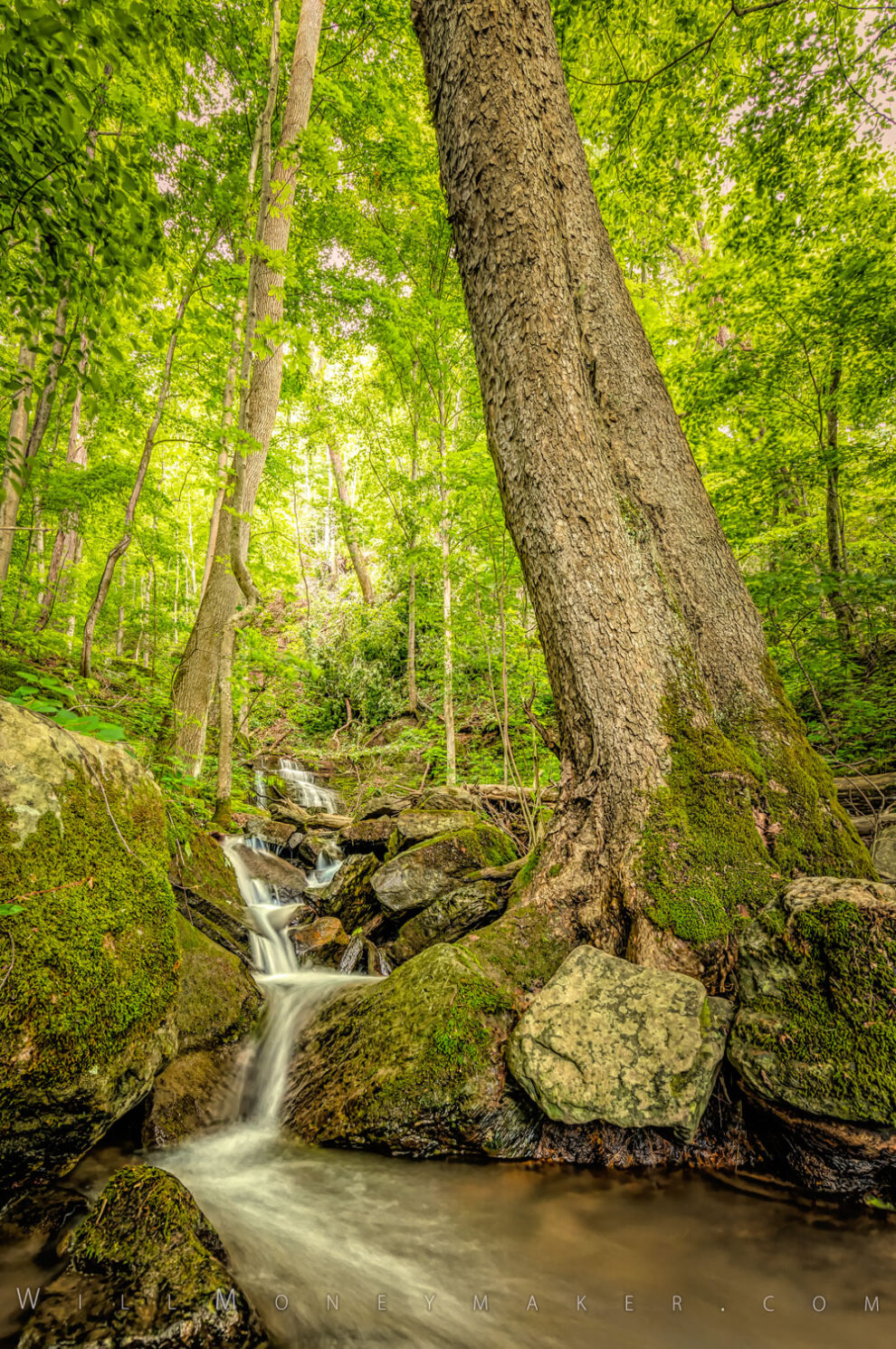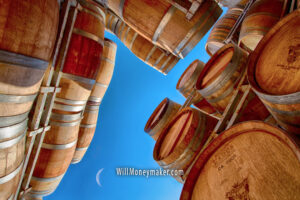What is the difference between a bland image, a busy one, and one that has just enough interest to catch and hold your attention without seeming confusing? Unfortunately, there is no clear answer to this question. If we had a cut and dried answer, fine art photography would not be a challenge at all.
In order to build more interest in your images, you’ll need to understand how each element in a photograph contributes to the finished piece. To illustrate my point, we will look at an image taken in 1935 by Berenice Abbott: Seventh Avenue, looking south from 25th Street. I will show you how the elements in this image work together to create something that causes us to stop and linger, examining all the details of the image.
The Elements that Hook Your Audience
What makes this photo a work of art is not that Abbott followed any specific composition rules. In fact, many people would say that the image is technically incorrect because the underexposure of the buildings causes a loss of detail. However, that underexposure is actually one of the key elements that make Abbott’s composition wonderful. Would this image have the same impact if she had not created such a startling contrast between the dark buildings and the bright street? The way Abbott composed this image leads you directly to the street rather than allowing your eyes to wander over the details of each building.
Drawing Viewers In with Detail
Then there is the street itself. Because it is so bright against the buildings, it immediately catches the eye. The slanted angle of the street makes you want to follow it into the background. However, there is enough detail in the street to make us linger. Had Abbott waited until the street was empty, there would be little temptation to spend any time examining the people and cars in the street. Instead, we would simply follow the street to its destination and the experience of looking at this image would be over.
Finishing the Experience with Your Imagination
Another interesting element is the water in the background. Had Abbott omitted the water, the image would be far less interesting because the street would lead your eye nowhere. You could say that this portion should be sharper, or should have more detail, but I think that Abbott added something to this image by only offering a vague suggestion of what lies at the end of the street. Without clarity in this portion of the image, viewers are forced to use their own imaginations to complete the story that this photo is telling. When you have to fill in some of the details yourself, it’s more likely that the image will remain in your imagination longer than a photo that tells the whole story in great detail.
As you can see, there is no real rule that stipulates how many elements need to be in a photo to make it interesting. Too few interesting elements, and there won’t be anything that ties your image into a cohesive story. Too many elements, on the other hand, become distracting as viewers look at each one to learn which are relevant to your photo. As you compose, remember that every element within a photo – not just the subjects, but the colors, textures, details, bright spots, and shadows – all need to have a reason to exist.





